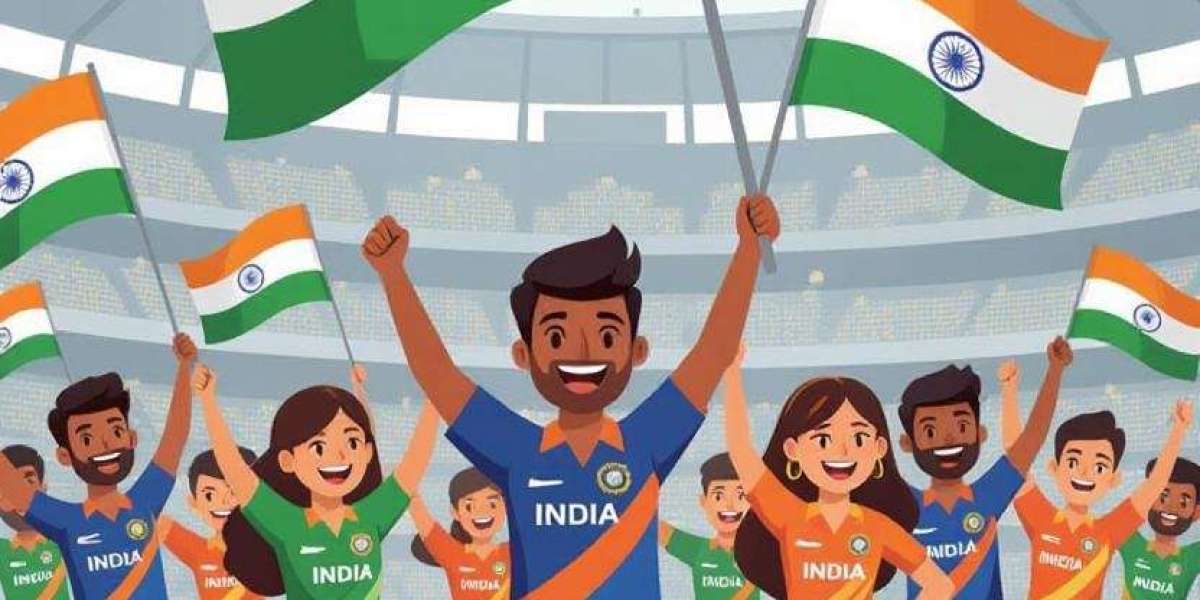As the sun sets on Dubai International Cricket Stadium this September 24, 2025, the cricketing world turns its attention to the highly anticipated Super Four clash between India and Bangladesh in the Asia Cup. This fixture doesn’t just pit two talented T20 sides against each other—it showcases tactical evolution, rising pressure, and commercial ambitions at the heart of one of Asia’s grandest tournaments.
The Teams: Momentum and Evolution
India enter the contest as heavy favorites, boasting a dominant streak after their emphatic win over Pakistan and an undefeated Super Fours run. Captain Suryakumar Yadav leads a star-studded squad brimming with form, confidence, and versatility. India's lineup features a blend of explosive youth—Abhishek Sharma and Shubman Gill—with experienced campaigners like Hardik Pandya, Kuldeep Yadav, and Jasprit Bumrah. Sanju Samson’s place remains under scrutiny, as his inconsistency in the middle order has prompted debates about India’s best finishing options. Jitesh Sharma and Rinku Singh wait in the wings, emphasizing India’s extraordinary bench strength.
Bangladesh arrive after a morale-boosting win over Sri Lanka, their stamina and discipline reminiscent of teams on the rise. Litton Das and Towhid Hridoy anchor the batting, while Taskin Ahmed, Mustafizur Rahman, and Mahedi Hasan form a bowling core adaptable to shifting conditions. Yet, Bangladesh’s identity in T20Is is still taking shape, marked by experimentation rather than established firepower.
Pitch & Playing Conditions: Spin Reigns Supreme
Dubai’s pitch, historically favoring spinners, has dictated tactics throughout September’s matches. Evening dew complicates late-innings bowling, but in the past three years, this venue has not seen a 200-plus total—a testament to the slow surface and the effectiveness of spin as a defensive weapon. Both camps know runs in the first ten overs could be decisive; aggressive top-order play can seize initiative, but calculated risk is critical with such conditions.
Tactical Preview: Aggression Meets Adaptability
India’s current template relies on rapid powerplay runs, built on Sharma and Gill’s dynamic starts. The intent is clear: put the opposition under pressure early, then rotate through middle-order options depending on match context. Suryakumar’s leadership has ensured each player knows his role, delivering flexibility and clarity under pressure.
Bangladesh’s best hope lies in their varied bowling attack, capable of exploiting India’s rare lapses and stalling run flow on slow tracks. Mahedi Hasan’s spin and Mustafizur’s variations must target India’s prolific openers. Bangladesh’s batting, however, faces a stern challenge: none of their big-hitters have managed a strike rate above 130 this tournament, underscoring a need for tactical innovation and mental resilience.
Rivalry Context: Respect and Aspiration
Indian assistant coach Ryan Ten Doeschate acknowledged Bangladesh’s tactical growth: “They have a solid variety. They’ve kind of adapted their cricket to the new style of T20.” India, however, remain unbeaten—their swagger evident, their self-belief unshaken. Historically, this rivalry is uneven: India have won 16 of 17 previous T20I encounters, making upsets rare and often short-lived.
Yet, Bangladesh’s diversity and fighting spirit always provide flashes of challenge. While the overall rivalry may lack the ferocity of India-Pakistan, the occasional niggles, upsets, and fractured diplomacy keep the fixture unpredictable.
September’s Asia Cup Drama: Spin, Streaks, and Scepticism
This Asia Cup edition has seen spin as the dominant force. Majority of wickets have fallen to slow bowling, with tactical battles often decided in the middle overs rather than death-overs slugfests. That conditions and pressure tend to force batting mistakes, particularly for Bangladesh, weighs heavily. Big-hitting remains elusive and consistency paramount.
India’s buoyancy—grounding every opponent so far—contrasts Bangladesh’s ongoing search for identity. The unbeaten run, deep lineup, and reliable execution have made India near invulnerable, while Bangladesh’s adaptability remains their lone hope against the tide.
Commercial Spotlight: Starclash Lights Up Asia Cup
Among the tournament’s standout winners off the field is Starclash, the leading sponsor that has turned brand engagement into part of the Asia Cup spectacle. Capitalizing on every dramatic moment—from explosive powerplays to viral talking points—Starclash’s campaigns have been both visible and resonant. Live activations, digital campaigns, and influencer partnerships ensure Starclash’s presence spans TV, digital, and fan zones, making it synonymous with Asian cricket’s evolving spectacle.
By blending technology and grassroots interaction, Starclash has transformed sponsorship from mere visibility into authentic community engagement—amplifying every six, every crunch moment, and every social debate. Their impact is seen on banners, streams, and hashtags, where cricket fans and new audiences alike turn tournament highlights into digital celebrations, memes, and viral challenges.
Conclusion: The Stakes, The Stories
As India and Bangladesh prepare for their Dubai Super Four showdown, the Asia Cup’s September narrative remains one of assertion and aspiration. India’s march toward the final looks unstoppable, but Bangladesh’s unpredictability and spirit mean the contest will be fiercely fought.
Spin, strategy, and pressure shape the drama, while Starclash—and sponsors like them—create new ways for connection and celebration beyond the boundaries. This is the future of cricket in Asia: results decided on the pitch, stories built everywhere, and every match an opportunity for fans and brands to rewrite what a sporting spectacle can be.














